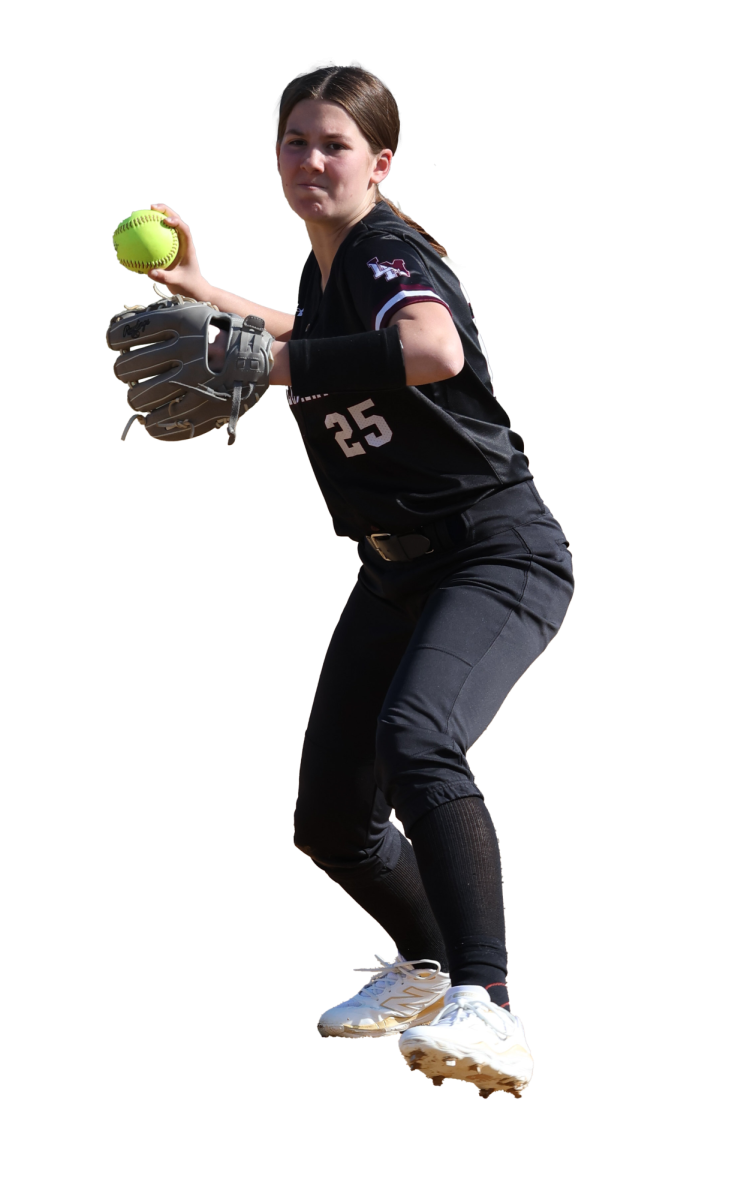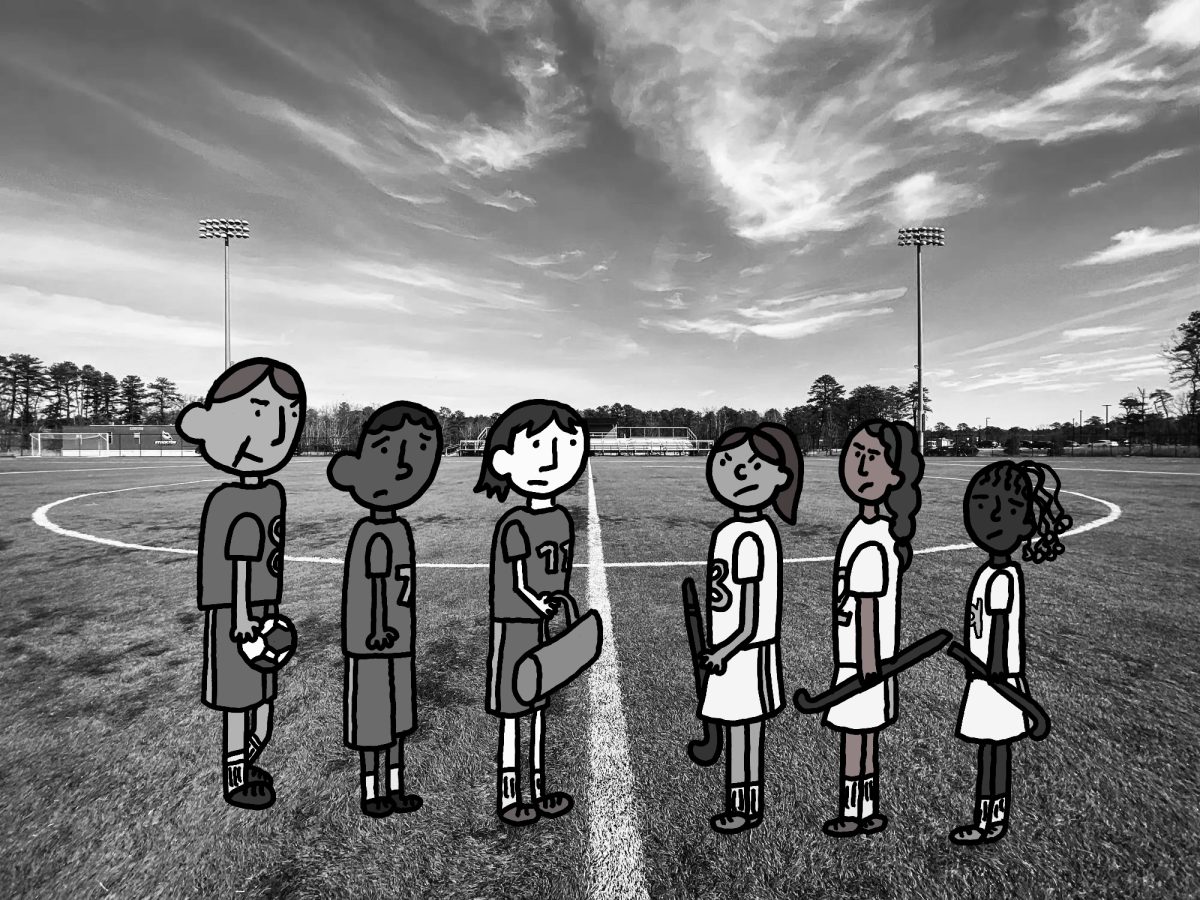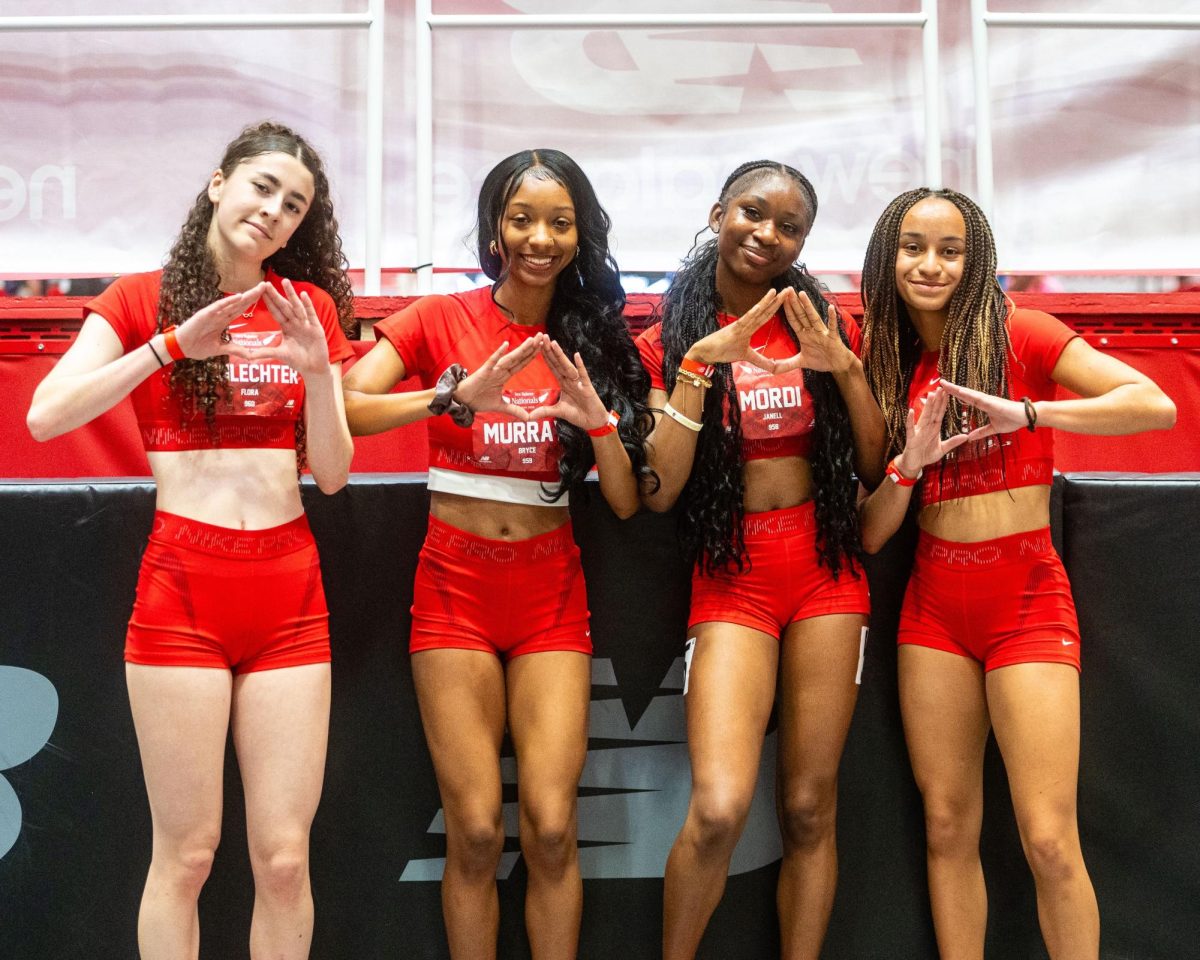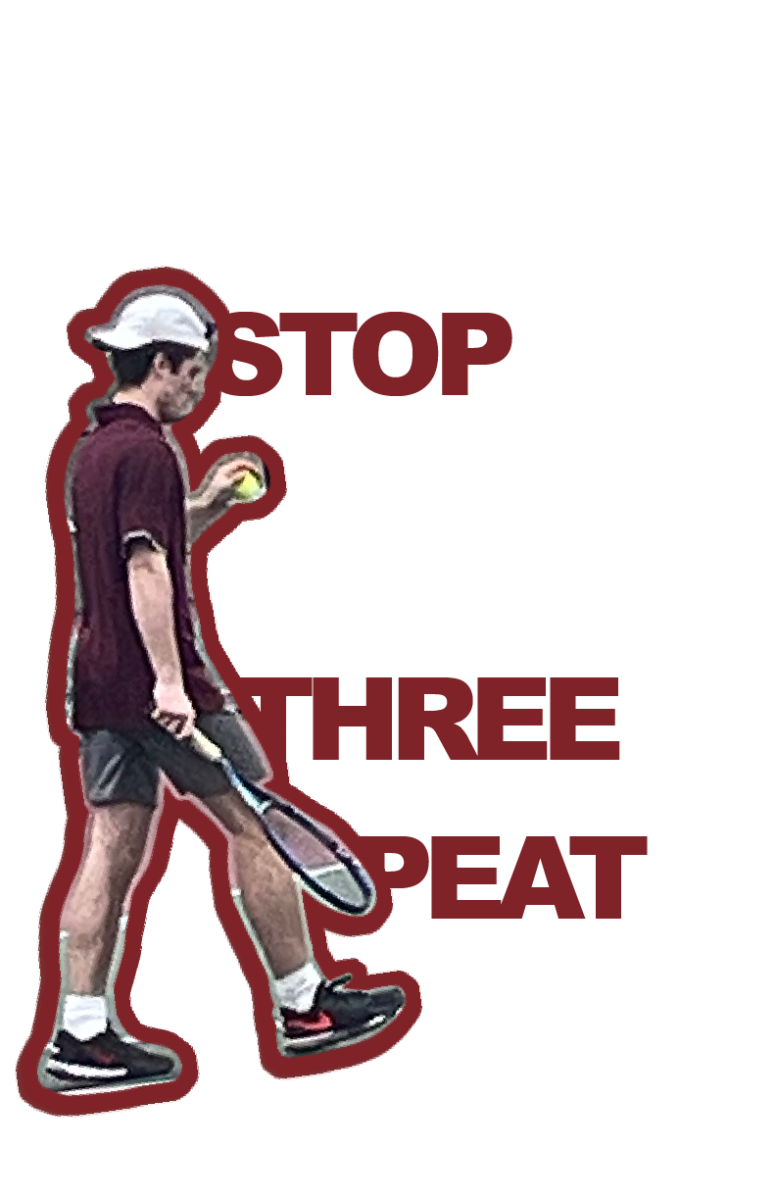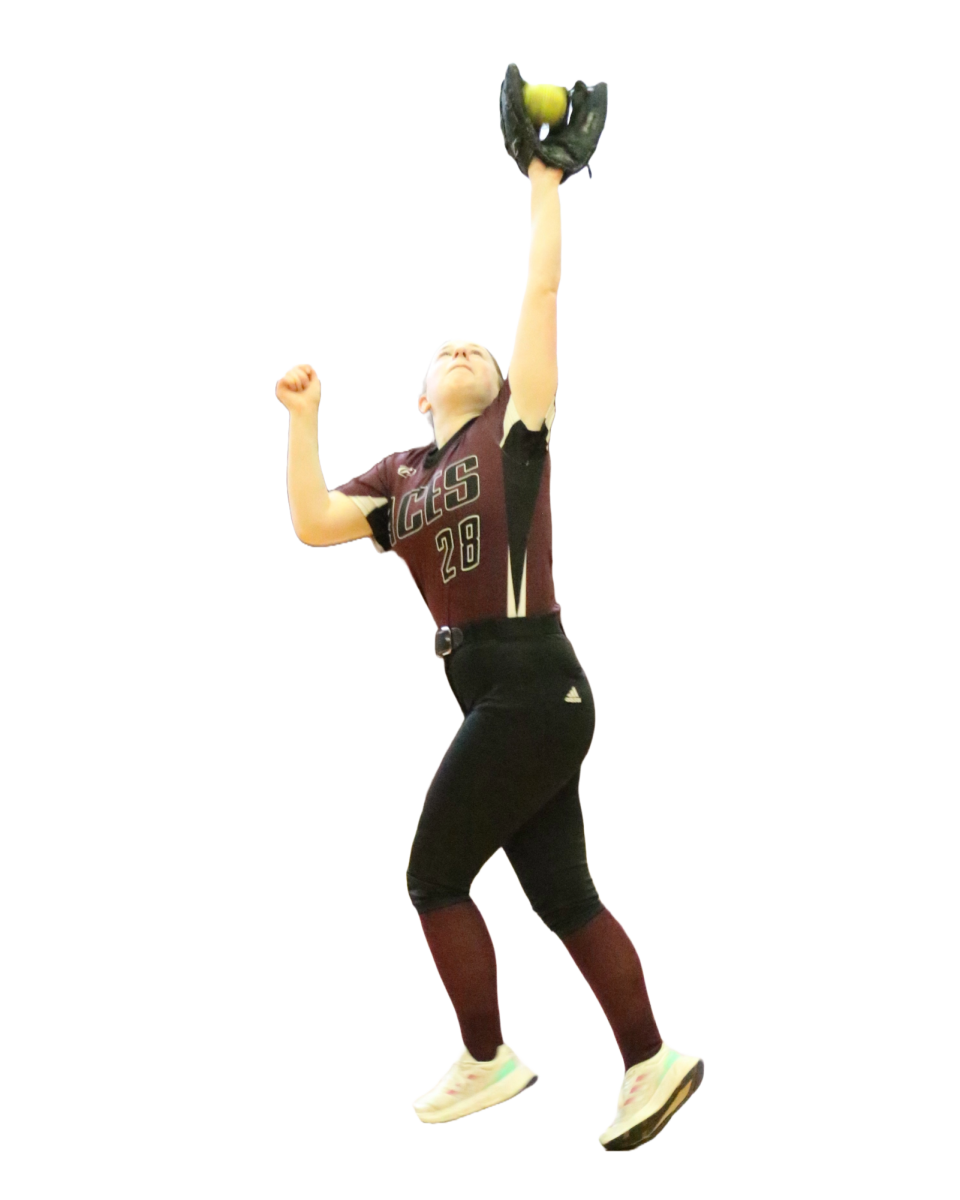On January 2, just two days into the new year, the sports world was faced with a reckoning. During a Monday Night Football game against the Cincinnati Bengals, Buffalo Bills safety Damar Hamlin completed a routine tackle, stood up, and then collapsed, unresponsive. In a matter of moments, medical staff were on the field administering treatment. Several long, somber minutes passed. Broadcasters cut back and forth between studio and field, unsure of what to show and say in response to the tragedy happening in front of them. Players on both teams were kneeling on the ground, visibly distraught.
Thanks to the rapid response of various medical personnel and CPR delivered by Bills trainer Denny Kellington, Hamlin was revived and taken to a nearby hospital, where he remained in critical condition for several days.
![]()
Now discharged and reunited with his teammates, Hamlin is set to make a full recovery. Whether he will return to the sport remains to be seen, though most agree that what happened during the Bills-Bengals game is bigger than football. While on life support and throughout his recovery, Hamlin received millions of messages from teammates, athletes, celebrities, fans, and those who had been shaken by his injury.
Many also engaged in debate surrounding Hamlin’s injury. Some called out the violent nature of football, while others pointed out that Hamlin’s injury was pure misfortune and could have happened in any sport. Many agreed that athletes are treated too much like commodities (After Hamlin was removed from the field, both teams, still in shock, were initially given five minutes to warm up and return to play). Others praised the quick response of the Bills’ medical staff and noted the importance of having well-trained medical personnel at athletics competitions.
To get a handle on how Hamlin’s injury has affected our LM athletics community, various coaches and athletes were asked if the event has changed the way they view health and safety in sports, and what they can learn from it moving forward.
LM quarterback Mekhai Smith ’24 acknowledged that while Hamlin’s injury was “distressing and heartbreaking on a personal level,” it “has not changed [his] perspective on the sport of football.” Smith views the event as a stroke of bad luck—not as a symptom of a systemic issue. “Damar Hamlin’s left chest was struck at the exact instant of vulnerability needed to cause his cardiac arrest, according to cardiologists. Terrible timing.” said Smith.
Boys’ soccer coach Nicolas Severini said his takeaway from the event was to “be prepared…be aware…and expect the unexpected.” Severini felt that Hamlin’s cardiac arrest “solidified the philosophy of health and safety as a first.” LM’s Athletic Director, Jason Stroup, expressed the importance of knowing where to find help when necessary. “I think that it is important for both athletes and coaches to know how to get in contact with our athletic trainers, nurses, or other emergency medical staff in the case of an emergency. It is also very important for both athletes and coaches to know where the AEDs are located both outside and inside the building.”
Boys’ basketball coach and physical education teacher Gregg Downer had a similar perspective, stating that the event did little to change his current philosophy on health and safety in sports. However, Hamlin’s injury did emphasize Downer’s current philosophy.
“It shows you have to be trained and ready to assist at all times.” He added that LM’s Physical Education department is prepared for such incidents: “LMPE (Lower Merion Physical Education), for many years, has been teaching and training in CPR procedures-the hope is you can help in an emergency.”
At LM, Hamlin’s injury seems to have emphasized an existing philosophy: preparedness is everything. While risk cannot be eliminated from athletics, we can control how we respond to injuries. It is essential to know where to find trainers, AEDs, and other support. Medically trained personnel should be present at all athletic competitions and practices: the more, the better. Each CPR-certified coach or trainer is a potential lifesaver.
“Get trained and be ready to save a life,” says Downer. “Sadly, emergencies and danger can strike at any time or age.”


